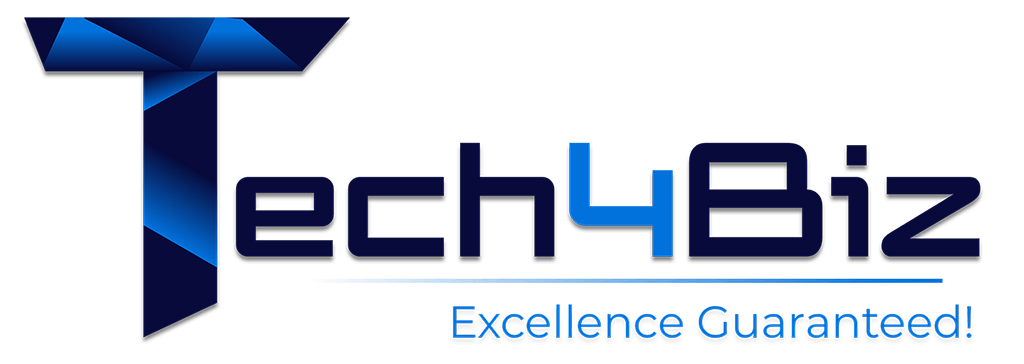
Agile vs. DevOps: Which Approach Works Best for Your Development Team?
Introduction
In today’s fast-paced tech landscape, development teams need effective methodologies to deliver quality products swiftly and efficiently. Two popular methodologies, Agile and DevOps, aim to address different stages of the development process but are often confused or used interchangeably. So, which one is right for your team? In this post, we’ll dive into the core principles of Agile and DevOps, discuss their key differences, and help you decide which approach aligns best with your team’s goals and structure.
What is Agile?
Agile is a project management and software development methodology that emphasizes flexibility, collaboration, and customer feedback. Originally introduced in the Agile Manifesto in 2001, it was designed to address the limitations of traditional project management approaches that often led to delayed timelines and unmet requirements.
Key characteristics of Agile include:
- Iterative Development: Agile breaks down development into small, manageable sprints, allowing teams to deliver incremental updates rather than waiting for a large release.
- Customer Collaboration: Regular feedback from customers is encouraged, ensuring that the end product meets users’ needs.
- Flexibility: Agile allows teams to adapt to changes in project requirements or market needs without a complete overhaul.
Popular frameworks under Agile include Scrum, Kanban, and Extreme Programming (XP).
What is DevOps?
DevOps is a culture and set of practices that focus on integrating software development (Dev) and IT operations (Ops). Its main goal is to bridge the gap between development and operations teams, enabling faster and more reliable software delivery.
Key characteristics of DevOps include:
- Continuous Integration and Continuous Deployment (CI/CD): DevOps promotes automation in testing and deployment, making it easier for teams to deliver code changes more frequently and reliably.
- Collaboration Across Teams: DevOps breaks down silos between development and operations, fostering better communication and shared responsibilities.
- Monitoring and Feedback Loops: DevOps relies heavily on continuous monitoring, allowing for real-time feedback and swift issue resolution.
Common tools in DevOps include Jenkins, Docker, Kubernetes, and Ansible, which help automate and streamline various tasks across the development and deployment process.
software delivery.
Agile vs. DevOps: Key Differences
| Aspect | Agile | DevOps |
|---|---|---|
| Goal | Focus on flexibility, adaptability, and customer-centric development | Focus on automation, collaboration, and fast, reliable delivery |
| Team Structure | Often emphasizes small, cross-functional teams | Promotes collaboration between development and operations teams |
| Workflow | Iterative, sprint-based approach | Continuous integration and deployment pipeline |
| Feedback Loops | Feedback from customers/end-users | Feedback from operational monitoring and performance metrics |
| Release Frequency | Frequent but can vary with each sprint cycle | Continuous releases for rapid delivery |
| Tools and Practices | Scrum, Kanban, User Stories | CI/CD pipelines, monitoring tools, containerization |
Advantages of Agile
- Flexibility and Responsiveness: Agile’s sprint-based cycles allow for quick adjustments to changing requirements.
- Higher Customer Satisfaction: Frequent feedback loops mean that customers are regularly engaged, ensuring the product better meets their needs.
- Team Empowerment and Collaboration: Agile fosters a collaborative work environment, giving team members autonomy in delivering value.
Advantages of DevOps
- Accelerated Time to Market: Continuous integration and delivery streamline the process, helping teams deliver products faster.
- Improved Quality and Stability: Automated testing and monitoring reduce the likelihood of errors and help maintain system stability.
- Enhanced Collaboration: DevOps promotes a culture of shared responsibility, uniting development and operations under common goals.
Choosing the Right Methodology for Your Team
When deciding between Agile and DevOps, consider the following questions:
1. What is your primary goal?
- If you need flexibility to adapt to changing requirements and want constant customer feedback, Agile might be a better fit.
- If rapid deployment and stability in production are crucial, DevOps could be the right choice.
2. What is your team’s structure?
- Agile suits smaller, cross-functional teams that work closely and communicate frequently.
- DevOps requires a closer alignment between development and IT operations, making it ideal if your team structure allows for cross-functional collaboration across these departments.
3. What is the scope of your project?
- For projects with a heavy emphasis on customer interaction and frequent requirements changes, Agile’s iterative approach is highly effective.
- If your project requires a stable and fast-paced deployment pipeline, DevOps offers the automation and reliability to keep up with rapid releases.
Can Agile and DevOps Work Together?
Yes, Agile and DevOps can complement each other. Many organizations adopt an Agile approach for development and incorporate DevOps practices to streamline deployment. This “Agile + DevOps” combination allows teams to retain the flexibility of Agile while achieving the speed and automation benefits of DevOps.
Conclusion
Both Agile and DevOps bring unique advantages, and the best approach depends on your team’s goals, structure, and project requirements. Agile works well for teams that need flexibility and frequent customer feedback, while DevOps is ideal for teams prioritizing rapid delivery and operational stability. For many teams, combining Agile’s iterative development with DevOps’ deployment efficiencies can be the perfect blend.
Call to Action
Ready to implement Agile, DevOps, or both? Assess your team’s needs, experiment with different practices, and continually iterate to find the best approach. Whichever path you choose, fostering a culture of collaboration, communication, and continuous improvement will drive your team toward success.
Hey
I'm Emma!

Lorem ipsum dolor sit amet, consectetur adipiscing elit. Ut elit tellus, luctus nec ullamcorper mattis, pulvinar dapibus leo.
